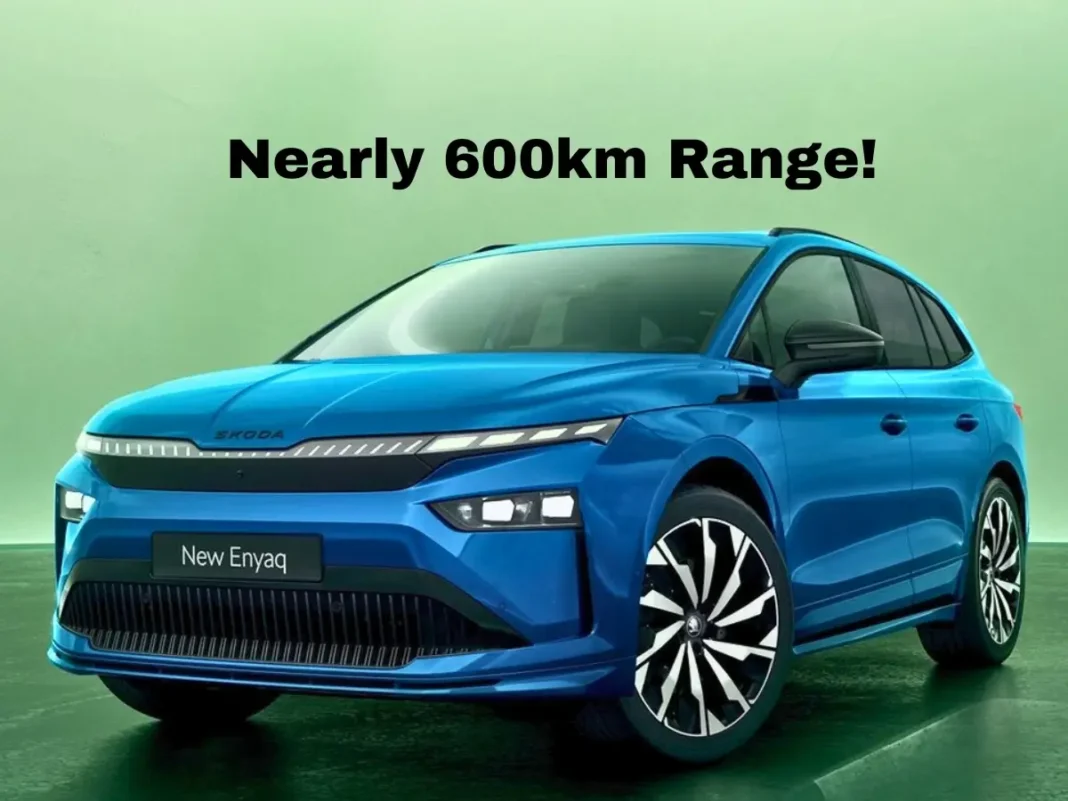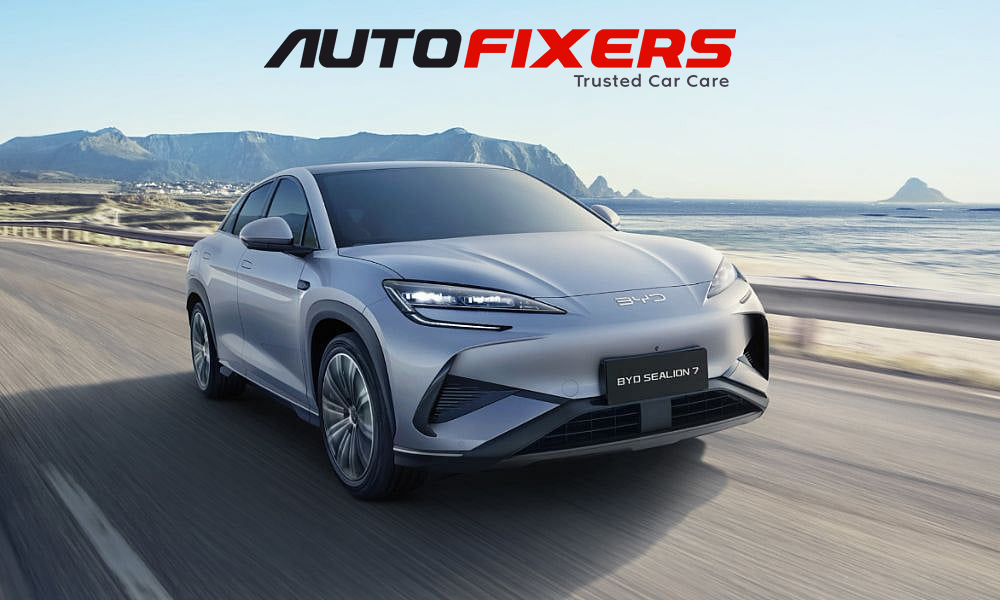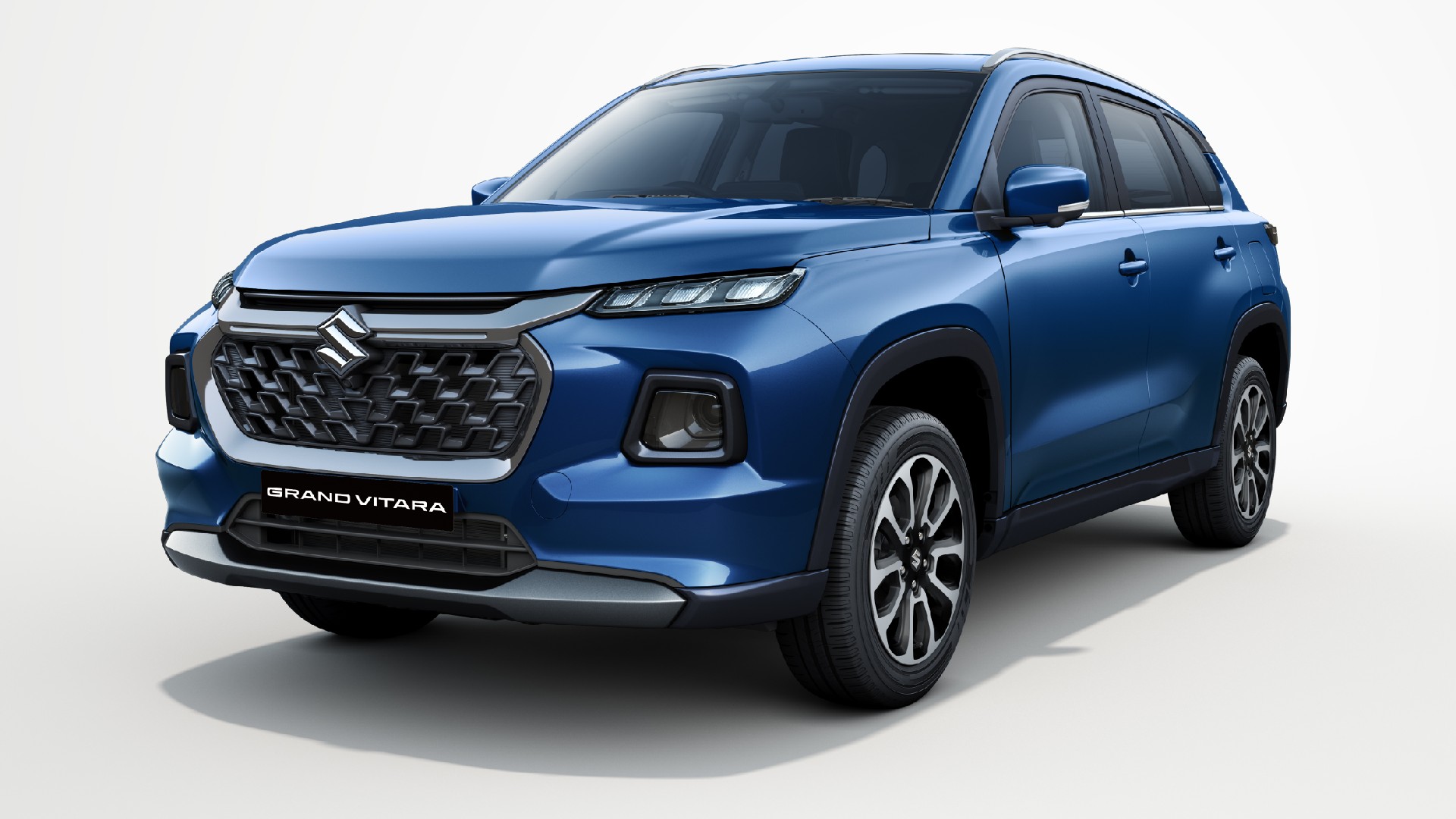Introduction to the 48V Mild Hybrid System
Toyota has embarked on a new chapter in its hybrid technology with the introduction of the Fortuner 48V hybrid in India. While many of Toyota’s models already feature the well-known strong hybrid system, this new 48-volt hybrid system marks a significant advancement in the electrification of its ladder frame vehicles. The Fortuner is the first to adopt this technology, with plans for the Innova Crysta and Hilux to follow suit in the future.
Key Features of the 48V Mild Hybrid System
- Modest Power Output: The 48V mild-hybrid system generates 11.5 hp and 85 Nm on its own.
- Origin of the Technology: This technology was first introduced on the Hilux pickup in South Africa last year.
- Potential Expansion: The system is expected to be integrated into the Innova Diesel in the future.
What is the Toyota Fortuner Mild Hybrid Tech?
Initially showcased on the Hilux pickup in South Africa last year, the technology used in the Fortuner Neo Drive retains most components and systems from that model. Both the Hilux and Fortuner share the same 2.8-litre common rail turbo-diesel engines, manufactured in India. Additionally, they utilize the same e-motor/generator, 48V lithium-ion battery, and DC-DC converter.
The electric motor-generator in the Fortuner, which is a permanent magnet synchronous unit, produces 8.5kW (about 11.5 hp) and 85 Nm of torque. Although the maximum combined power remains unaltered at 204 hp with 500 Nm of torque, the electric boost at lower engine speeds significantly enhances driving dynamics and responsiveness. In comparison, the Hilux’s e-motor generates 12kW.
Improved Efficiency with Mild Hybrid Technology
Drivers can expect around a five percent increase in fuel efficiency due to this hybrid system. This enhancement is primarily because of the energy recovery through regeneration during deceleration. Efficiency gains are also attributed to a 20% reduction in engine idling speed, lowered from 720rpm to 600rpm. Moreover, drivers can choose between normal or long-stop settings for the start-stop system, which optimizes air conditioning during extended stops.
Toyota has made significant efforts to safeguard the system from water intrusion. The battery, which consists of 13 cells weighing 7 kg, is mounted under the rear seat, and the DC-DC charging system is also housed inside the cabin. The motor/generator is positioned high for added protection, and the belt drive system is constructed to be robust, suited for off-road conditions. A two-arm tensioner minimizes noise and vibration, while the belt features a high-strength cotton fabric layer to further reduce noise. The total weight addition from this system is approximately 30 kg, which is minimal considering the efficiency benefits.





